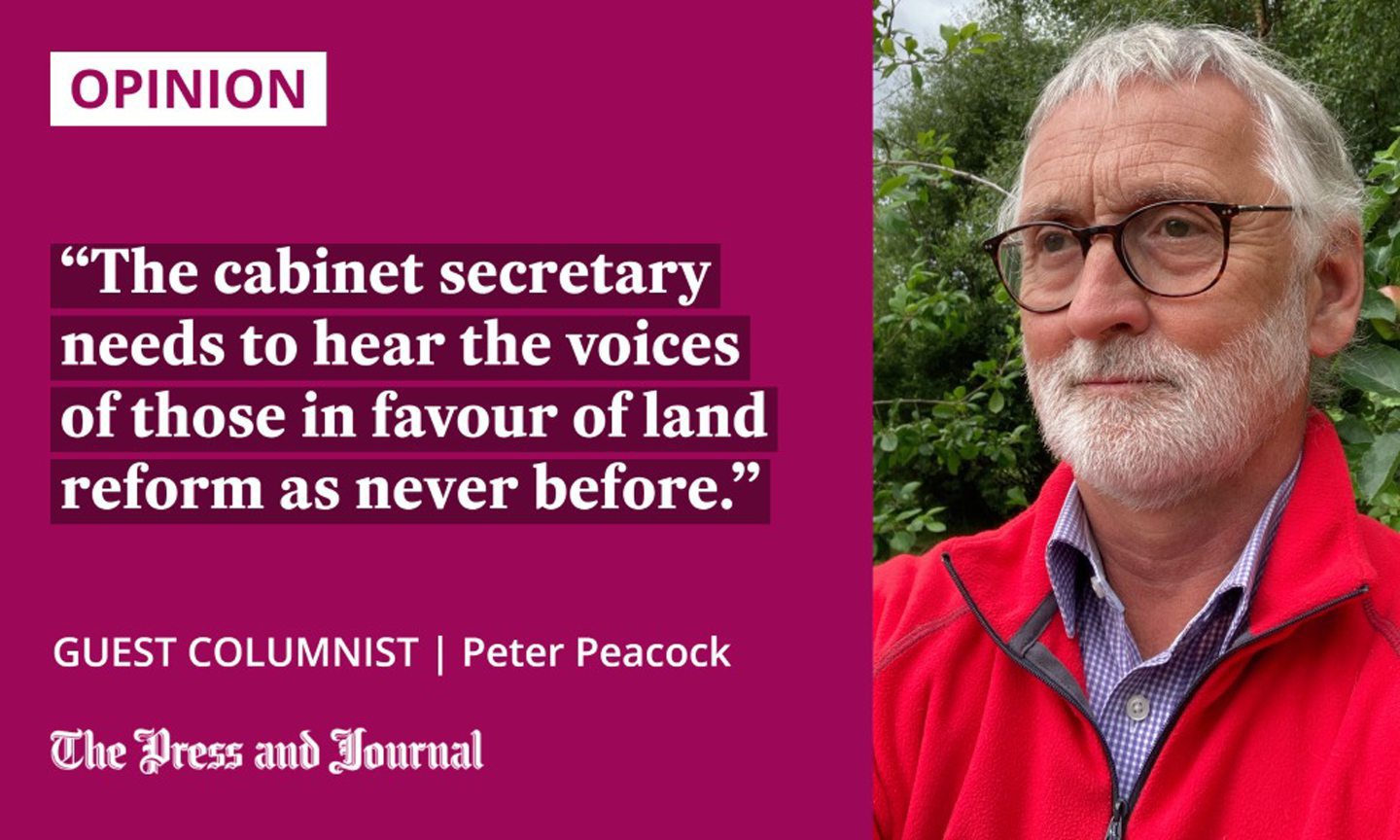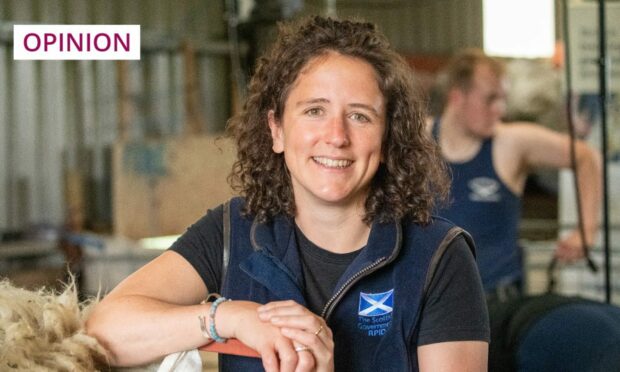Scotland’s land reform cabinet secretary Mairi Gougeon has big decisions to make this summer in concluding what to present to parliament in the latest land reform bill.
She will know Scotland’s land question remains unanswered – that so few own so much land; 0.025% of Scotland’s population owning 67% of its private rural land is a shaming symbol of national inequality.
If there is ever going to be a fairer distribution of a finite land resource, those who currently own most will have to do with less: that is one essential truth facing the cabinet secretary.
Our patterns of landownership hardly alter as the decades pass, staying in the same few hands or passing to another in the rich elite who, alone, can now participate in a land market increasingly beyond the reach of ordinary Scots and their communities.
With a growing hunger for Scottish land to sequestrate carbon, new entrants are arriving with ready capital to invest in Scotland’s unregulated land market, with its soaring land values.

Community ownership has demonstrated there is a sustainable way to democratise the possession and management of land, and maximise the delivery of public benefits. Only around 3% of Scotland’s land is in community ownership and, at the current rate of progress, a century from now, only 6% will have moved away from the established patterns of large-scale private ownership.
The political choices to be made are vitally important
The Scottish Government land reform proposals consulted on contain some worthwhile concepts – for example, that there should be a public interest test applied to at least some land sale transactions. However, I don’t know anyone who takes a close interest and believes that the current modest proposals will deliver any significant change. That is why the cabinet secretary’s forthcoming decisions, the political choices to be made, are so important.
The more ambitious the choices, the greater chance of delivering on the agenda of social and economic reform widely supported across parliament: a fairer and more inclusive economy; a just transition to net zero; meeting people’s economic, social, cultural, and environmental rights; the building of community wealth.
Having sat at a cabinet minister’s desk, I know Mairi Gougeon will be in receipt of much advice. The internal legal advice, if it is true to form, will be extremely cautious. The spectre of the European Convention of Human Rights (ECHR) will be to the fore, with warnings of court challenges and all sorts of dire consequences to be visited upon a government interfering with private property rights.
Serious land reform cannot avoid touching upon the ECHR, and will prompt legal challenge – another essential truth. But, parking ambitious change in favour of policy caution to avoid court challenge will not deliver the necessary reform.
The only real alternative, or perhaps complementary route, would be for the government or its agencies to actively participate in the land markets
Will Scotland finally act?
The forces for the status quo – the big private landowners – inevitably urge caution upon any cabinet secretary considering land reform proposals, portraying their private interests as the public interest.
No one should underestimate the challenge Gougeon faces in her upcoming decisions. Those of us who favour radical land reform need to not just encourage the most ambitious decisions, but offer clear insights into workable options, and give support for making the difficult choices.
The cabinet secretary needs to hear the voices of those in favour of land reform as never before.
It is only a radical change in landowner attitudes to sharing the bounty of the land, for which there is little historical or contemporary evidence or land reform embracing; change to tax policies, to how land is traded and at what values, to regulating land sales and local land monopolies. A new role for the state, in securing land for community ownership in the public interest, and engaging imaginative financing models, so that the wealth and opportunity of our land will, at last, be better shared.
Is Scotland to finally act, or eternally air our shared national grievance that so few own so much land?
- This article is a summary of a more detailed paper on land reform, published by Peter Peacock on the Community Land Scotland website
Peter Peacock is a former Highland Council leader, Labour MSP and cabinet secretary. He was the first policy director of Community Land Scotland

